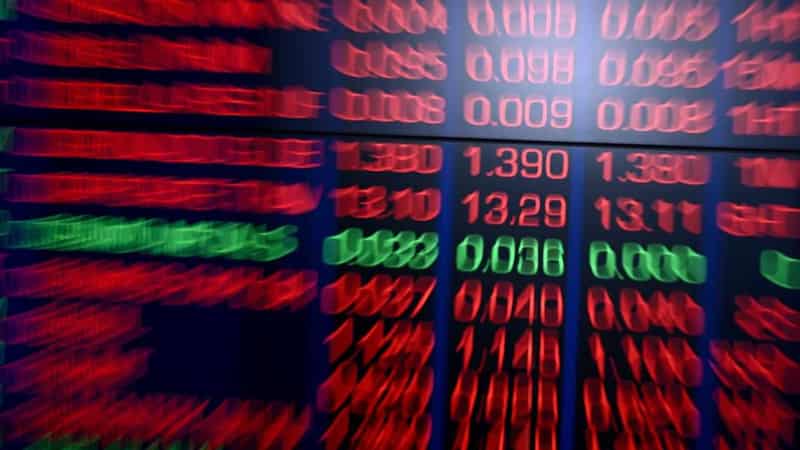
The Australian Securities Exchange's two-day drop over Monday and Friday was brutal, but investors should keep it in perspective, experts say.
The 5.81 per cent plunge took the ASX200 back to a level last seen in late May, wiping out all of the gains that had taken it to record highs.
But it's hardly anything like the losses seen at the start of the pandemic. During March 2020 alone, the market on five days had single-day falls exceeding this two-day sell off, with the worst a 9.7 per cent plunge on March 16, 2020.
There was also a vicious stretch near the start of the Reserve Bank's rate hike cycle in mid-2022, in which the ASX200 dropped in nine out of the 10 sessions from June 6 through June 20, falling 11.1 per cent.
The market rebounded, only to fall another 552 points, or 7.8 per cent, between September 13 and September 26, 2022.
The ASX200 finished that year down 5.5 per cent.
The ASX200's two-day drop, in contrast, doesn't even qualify as a correction, which analysts define as the market retreating 10 per cent from a recent peak. The ASX200 is also still up 1.2 per cent for the year as of Tuesday's higher close.
"It's important to zoom out. (Monday's) fall for the Nasdaq, S&P500, and ASX on a five-year chart is merely a blip," said eToro market analyst Josh Gilbert.
"Pullbacks are uncomfortable for investors, but they happen and are simply the price of entry into the stock market.
"Sell offs of this magnitude highlight the importance of not timing the market and using a simple strategy such as dollar cost averaging."
AMP chief economist Shane Oliver said that the market was falling because of fear that the United States would fall into recession, after recent weaker-than-expected economic data.
He said that leading indicators of economic growth in Australia had not been as weak as those in the US, but he still put the risk of a recession here at 50/50.
"Shares are vulnerable now as valuations are stretched, investor sentiment has been high, geopolitical risk is high with the US election and escalating problems in the Middle East and August and September are often rough months. So, it’s likely too early to buy the dip," he said.
While times like these can be stressful, for superannuation members and most investors the best approach is to stick to an appropriate long-term investment strategy to take advantage of the long-term trend in the share markets, given how difficult it is to time short-term swings, Dr Oliver advised.
However, Moomoo analyst Jessica Amir said fortune favoured the bold, suggesting investors should be alert to opportunities to snap up bargains following the sell-off.
"Boldness and going against the grain can fast track your wealth creation if you take a long-term view and are prepared to ride out a storm, and cop a beating along the way," Ms Amir said.









